Engine Starting Problems – Quick Fixes & What to Check First
If your car won’t start, you’re probably frustrated and wondering what’s wrong. The good news is most starter issues have a simple cause you can spot yourself before calling a shop. Below we walk through the top culprits – battery, spark plugs, fuel pump, and a few quick DIY checks – so you can get moving faster.
1. Battery – The First Thing to Test
When you turn the key and hear a click or nothing at all, the battery is the usual suspect. Grab a multimeter and set it to 20 V. A healthy 12‑volt battery should read between 12.6 V (full) and 12.2 V (slightly low). Anything below 12.0 V means it’s weak. Try a jump‑start; if the engine fires up, you’ve confirmed a battery issue. Clean any corrosion on the terminals with a wire brush and tighten the clamps – sometimes a loose connection is all that’s stopping the starter.
2. Spark Plugs – Are They Failing?
Even with a solid battery, a car won’t run if the spark plugs are worn out. Bad spark plugs cause rough idling, misfires, and a crank that never turns into power. Pull a plug and look at the electrode: if it’s coated in black soot or the gap is uneven, replace it. Our post “How to Know When Spark Plugs Need Replacement” breaks down the exact signs and shows you a quick visual test.
While you’re under the hood, also check the spark plug wires or coil packs. A cracked wire can prevent the spark from reaching the plug, leaving the engine dead.
3. Fuel Pump – Test It Before You Toss It
A dead or weak fuel pump means the engine isn’t getting the fuel it needs to fire. Listen for a faint whirring sound from the rear of the car when you turn the key to the “on” position – no sound usually signals a pump problem. For a more accurate check, follow our step‑by‑step guide “How to Test a Fuel Pump”. Using a fuel pressure gauge, you can see if the pump is delivering the right psi (usually 40‑60 psi for most cars). Low pressure points to a failing pump or a clogged filter.
4. Starter Motor & Ignition Switch
If the engine cranks slowly or just makes a grinding noise, the starter motor might be worn. Tap the starter lightly with a hammer while a friend turns the key – sometimes the brushes inside will reconnect and let the car start long enough to get it to a garage.
The ignition switch itself can also go bad. A loose or worn switch may not send power to the starter. If you get a “no crank, no click” situation, try turning the key to the “run” position while you’re in the driver’s seat; if the lights stay on but the engine won’t crank, the switch could be the issue.
5. Quick Diagnostic Checklist
Before you pull out the tools, run through this short list:
- Check battery voltage and connections.
- Listen for fuel pump whirring.
- Inspect spark plugs for fouling or wear.
- Try a starter tap if the engine cranks slowly.
- Look for any dashboard warning lights that hint at sensor failures.
Most of these steps take under 15 minutes and can save you a costly visit. If you’ve tried everything and the engine still won’t turn over, it’s time to let a professional handle deeper diagnostics like timing belt checks or ECU issues.
Remember, regular maintenance – changing spark plugs, keeping the battery clean, and replacing the fuel filter – dramatically cuts down on starting problems. Keep a small kit of basic tools in your car, and you’ll feel more confident tackling these issues the next time you’re stuck on the roadside.
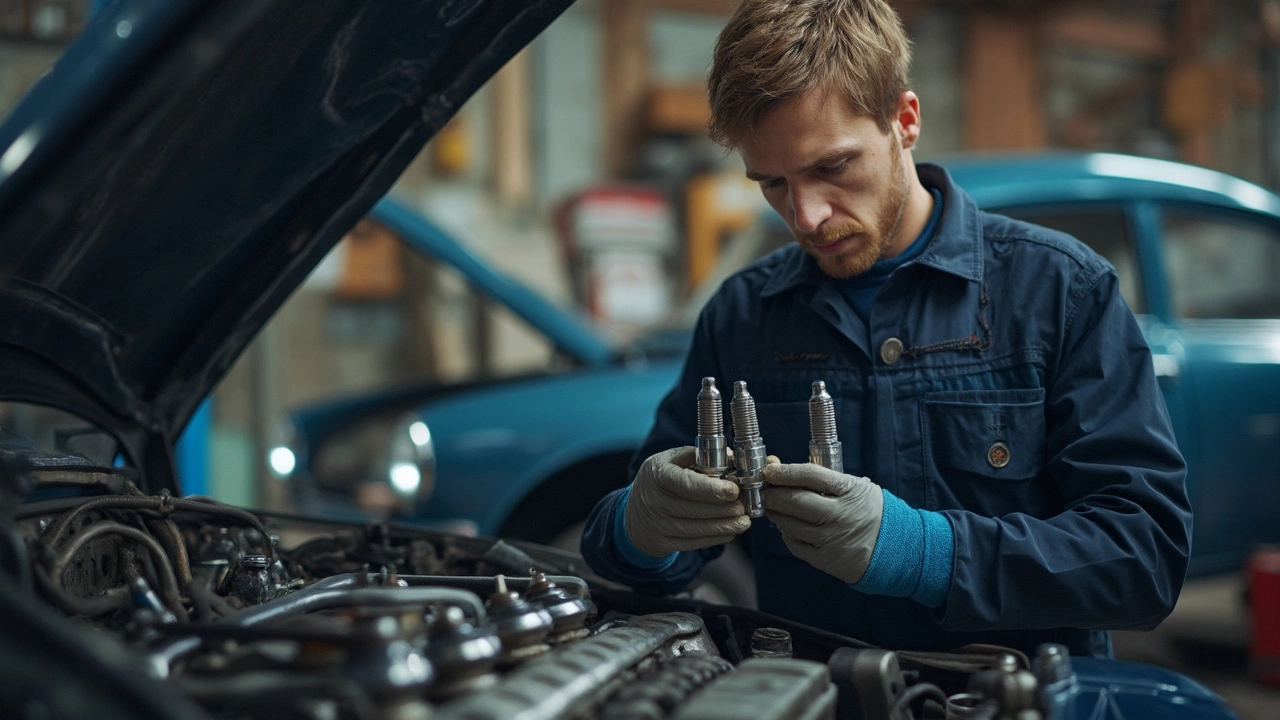 27 June 2025
27 June 2025
Do New Spark Plugs Make Engine Starting Easier?
Wondering if new spark plugs will make your engine start faster? Discover the facts about spark plugs, why they matter, and how replacing them helps or doesn't—plus tips for smooth starts.

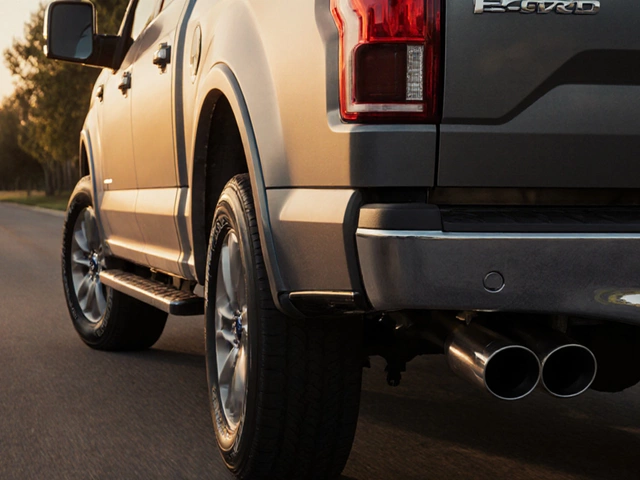
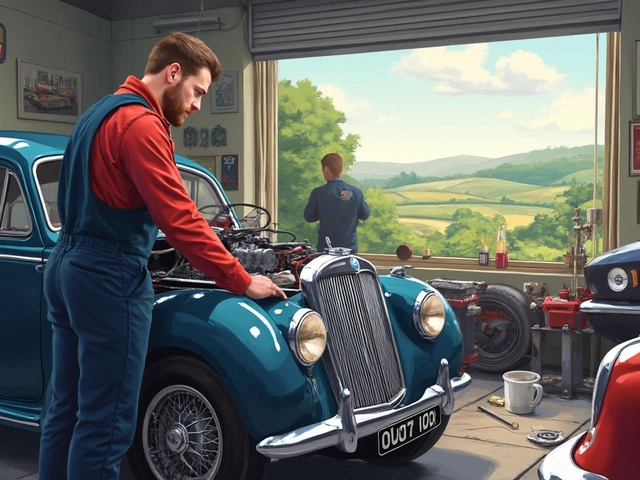
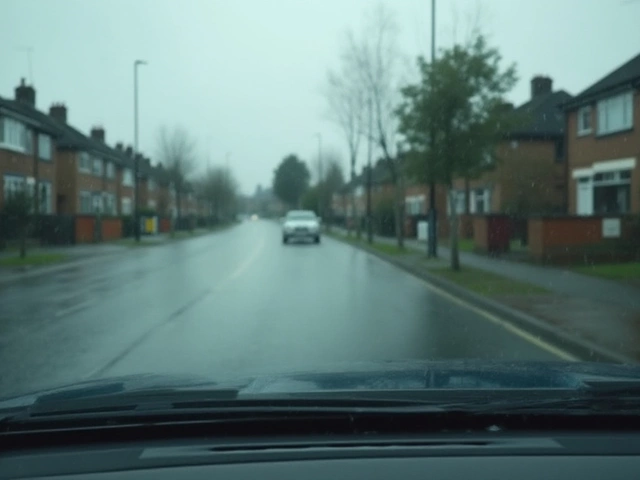
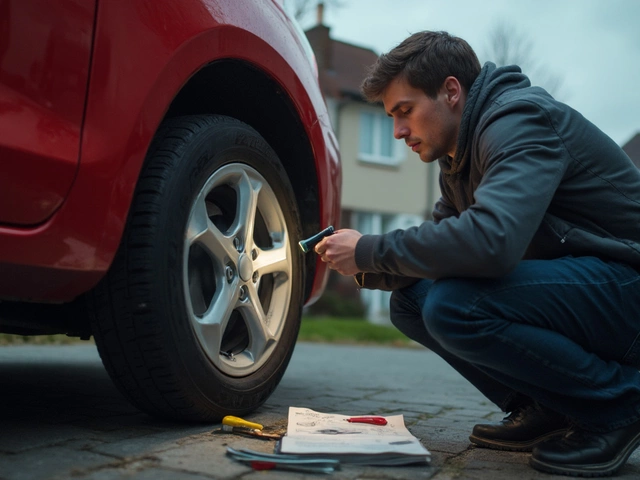

0